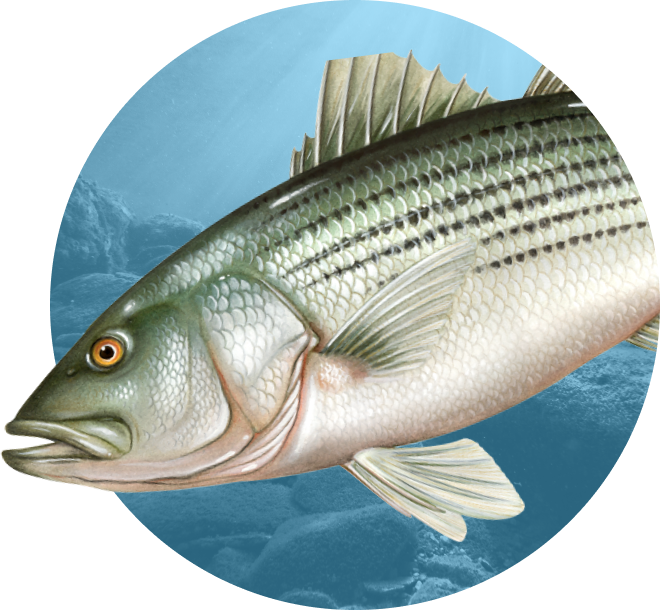Striped Bass Addendum II Commercial Quotas
This memorandum outlines the Addendum II to Amendment 7 striped bass commercial quotas for reference.
Topics
Related Information
Share
Share
Related Information
Get Hooked on ASMFC News
Dive into the latest updates and catch all the important news by joining our newsletter mailing list. Stay in the loop with meeting agendas, fisheries management news, and more.
